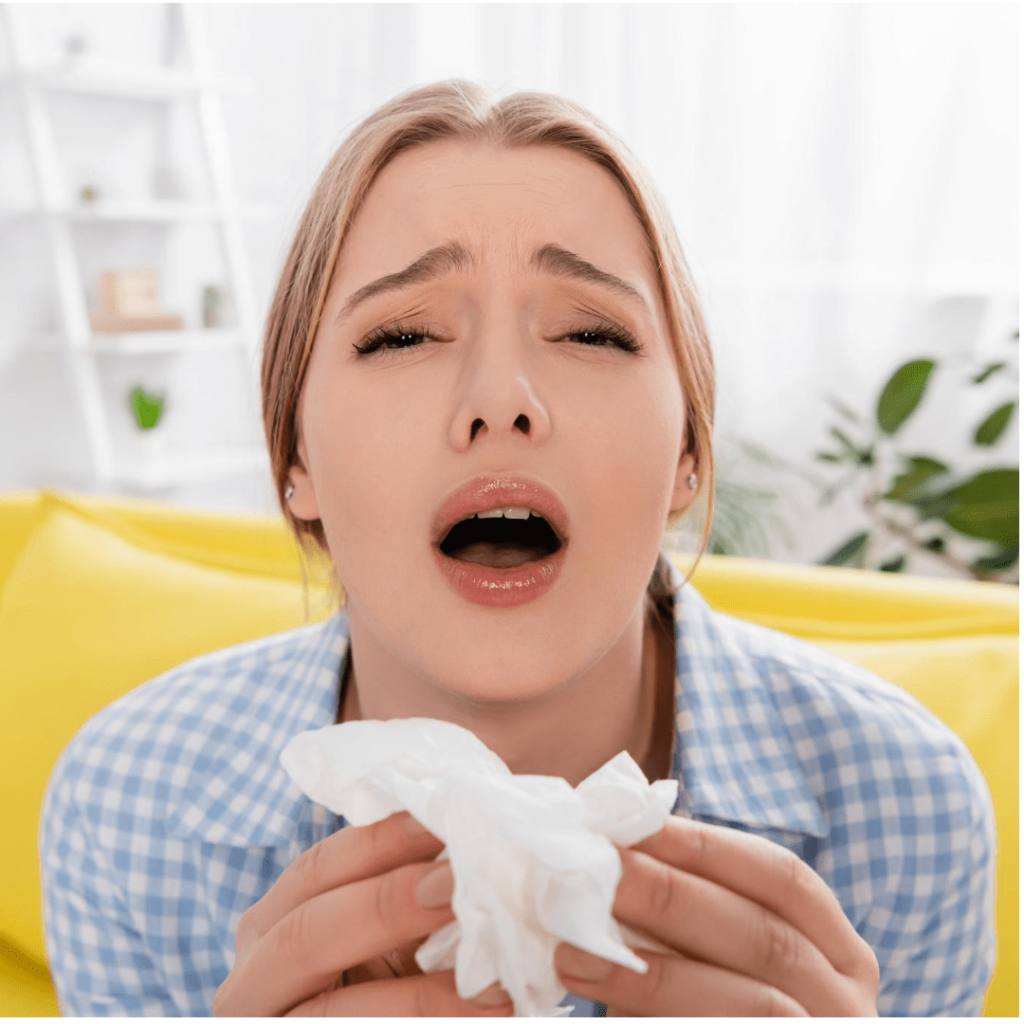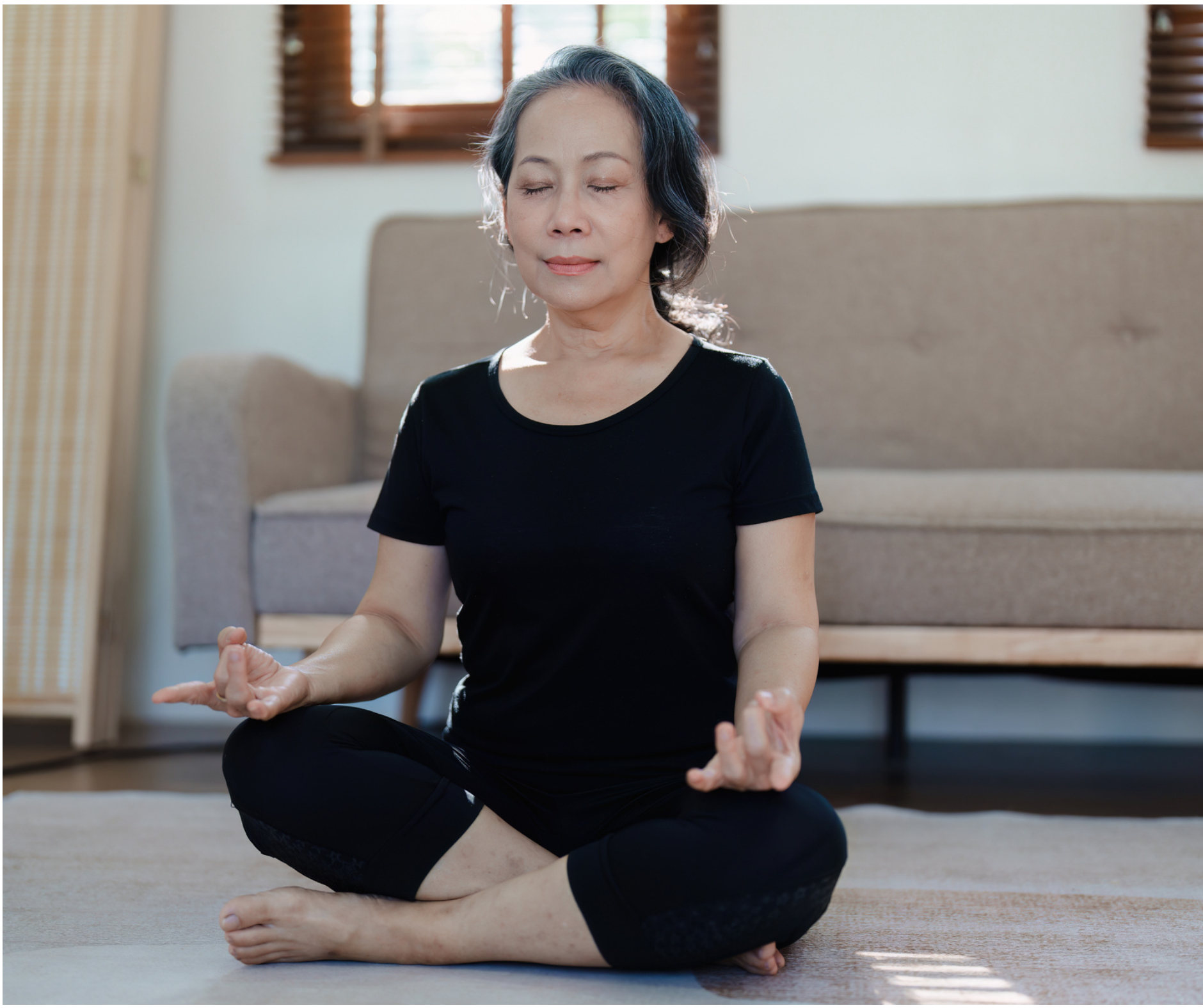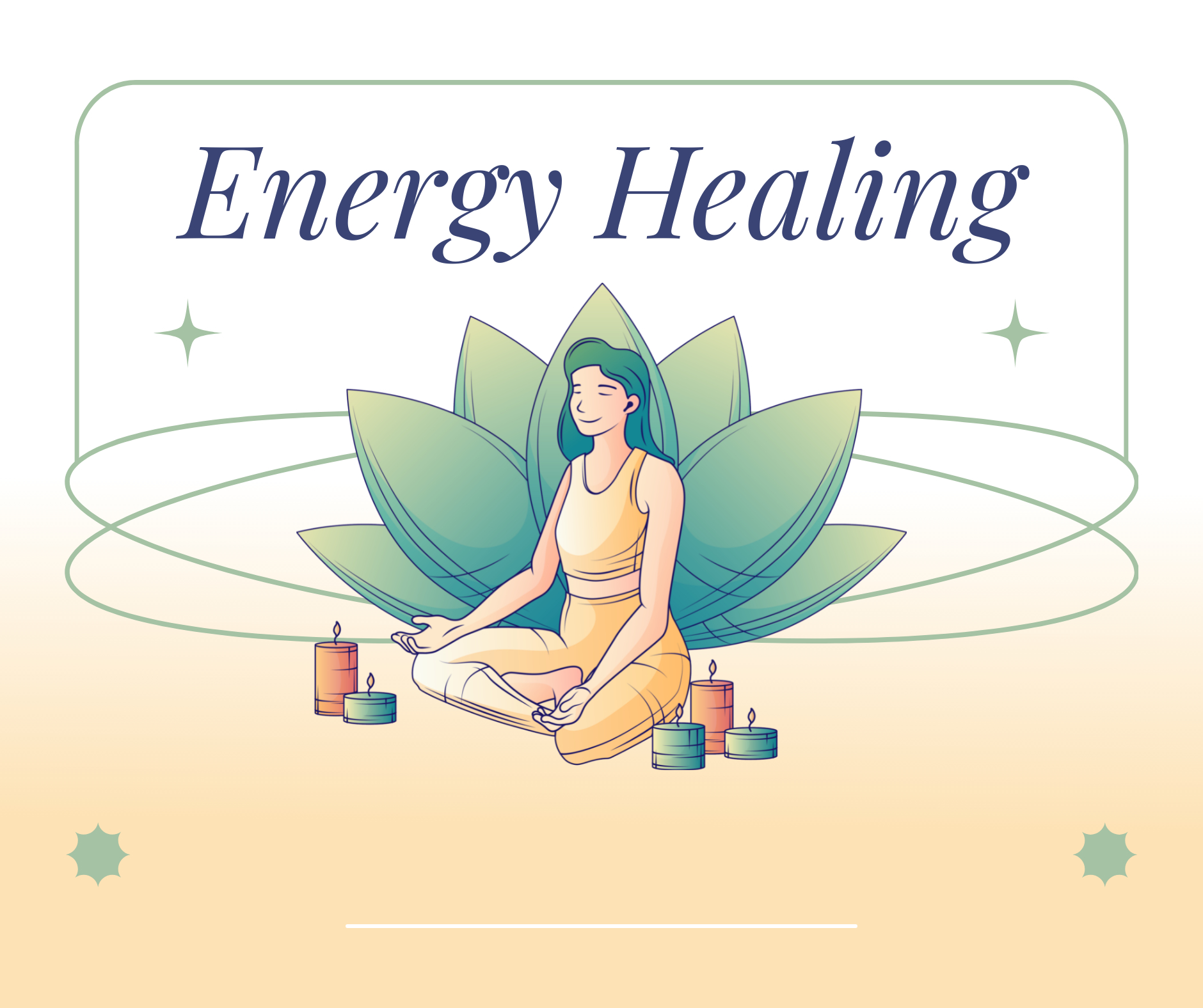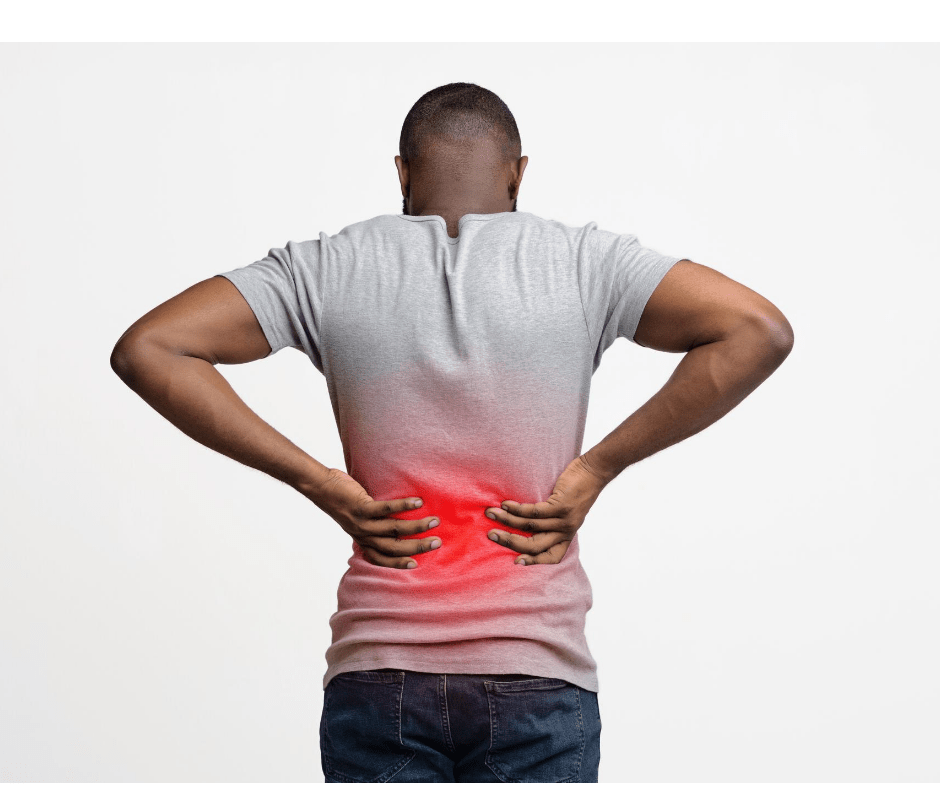7 Tips to Avoid Lower Back Pain When Sneezing.

Have you ever sneezed and felt a sudden sharp pain in your lower back? You’re not alone. Many people experience lower back pain when sneezing due to the sudden force exerted on their spine and muscles.
Poor posture, weak core muscles, or existing back problems can make this pain worse.
Fortunately, there are ways to prevent it! In this article, we’ll explore 7 practical tips to help you avoid lower back pain when sneezing.
Why Does Sneezing Cause Lower Back Pain?
Sneezing is a reflex that causes a rapid contraction of muscles in the abdomen and back. This force can impact your lower spine and cause discomfort, especially if you already have:
- Herniated disc – Sneezing increases pressure on spinal discs.
- Sciatica – The sudden movement can trigger nerve pain.
- Muscle strain – Weak or tight muscles may not absorb the force properly.
- Poor posture – Incorrect body alignment while sneezing can strain your back.
7 Tips to Avoid Lower Back Pain When Sneezing
1. Use the “Sneeze Brace” Technique
Before sneezing, engage your core muscles
Your core muscles act as a natural brace for your lower back. When you sneeze, engaging these muscles can help absorb the force and protect your spine.
What to do:
- Before you sneeze, gently tighten your abdominal muscles as if you’re preparing for a gentle punch to the stomach.
- Keep your core engaged during the sneeze to stabilize your lower back.
Why it works: A strong core provides support to your lumbar spine, reducing the injury from sudden movements.
2. Maintain Proper Posture
Your posture plays a crucial role in how your body handles pressure, including the force of a sneeze. When you slouch or hunch over, your spine is already under stress, making it more vulnerable to injury.
What to do:
- Sit or stand up straight with your shoulders back and your chest slightly lifted.
- Keep your feet flat on the floor if you’re sitting, and distribute your weight evenly if you’re standing.
- Imagine a string pulling the top of your head toward the ceiling to align your spine.
Why it works: Proper posture ensures that your spine is in a neutral position, reducing the risk of sudden strain when you sneeze.
3. Support Your Back When Sneezing
If you’re sitting down, placing your hands on a stable surface can help stabilize your body during a sneeze.
What to do:
- If you’re in a chair, place one hand on the armrest or the edge of the seat.
- If you’re in a car, gently press your lower back into the seat for added support.
Why it works: This technique helps anchor your body, preventing sudden jolts that could strain your back.
4. Avoid Twisting Movements
Twisting or bending at the waist during a sneeze can put uneven pressure on your spine, increasing the risk of injury.
What to do:
- If you feel a sneeze coming on, try to stay in a neutral position.
- If you need to grab a tissue or turn your head, do so before or after the sneeze, not during.
Why it works: Keeping your spine aligned minimizes the risk of pinched nerves or muscle strains.
5. Strengthen Your Core Muscles
Prevention is always better than cure. Strengthening the muscles that support your spine can make you less susceptible to back pain, whether from sneezing or other activities.
What to do:
- Incorporate exercises like planks, and bridges, into your routine to build core strength.
- Focus on lower back exercises, such as Superman lifts or gentle yoga poses like Cat-Cow.
Why it works: Stronger muscles provide better support for your spine, making it more resilient to sudden forces like sneezes.
6. Practice Controlled Breathing
Sometimes, the way you breathe during a sneeze can affect your back. Holding your breath or exhaling too forcefully can increase pressure on your spine.
What to do:
- Try to exhale gently through your mouth as you sneeze instead of holding your breath.
- If you feel a sneeze coming on, take a deep breath in and then let it out slowly.
Why it works: Controlled breathing helps manage the internal pressure created by a sneeze, reducing the strain on your lower back.
7. Listen to Your Body
If you already have lower back pain, pay attention to how your body reacts during a sneeze. If you notice consistent pain, it might be a sign of an underlying issue, such as a herniated disc, sciatica, or muscle strain. In such cases, consult a healthcare professional for a proper diagnosis and treatment, that needs medical attention.
When to See a Doctor
Consider seeking medical help if:
- Your back pain lasts more than a few weeks.
- The pain spreads down your legs (sciatica symptoms).
- You experience numbness or weakness in your lower back or legs.
- You have difficulty standing or walking after sneezing.
Conclusion
Lower back pain when sneezing can be frustrating, but these 7 simple tips can help you prevent discomfort and protect your spine. Remember: maintaining good posture, strengthening your core, and using proper sneezing techniques are key to avoiding pain.
Have you ever experienced lower back pain from sneezing? Share your experience in the comments!
FAQ Section
1. Why does my lower back hurt when I sneeze?
Sneezing exerts sudden pressure on your spinal discs and muscles, which can cause pain, especially if you have a herniated disc, muscle strain, or sciatica.
2. Can sneezing cause a slipped disc?
Yes, in rare cases, a strong sneeze can trigger or worsen an existing disc problem, especially if your spine is not properly aligned.
3. What is the best way to sneeze without hurting my back?
To prevent back strain, brace your core, avoid twisting, and keep your spine neutral while sneezing. Supporting yourself on a stable surface can also help.



